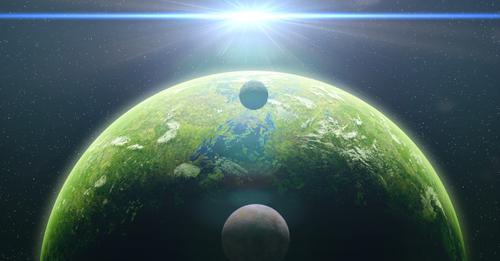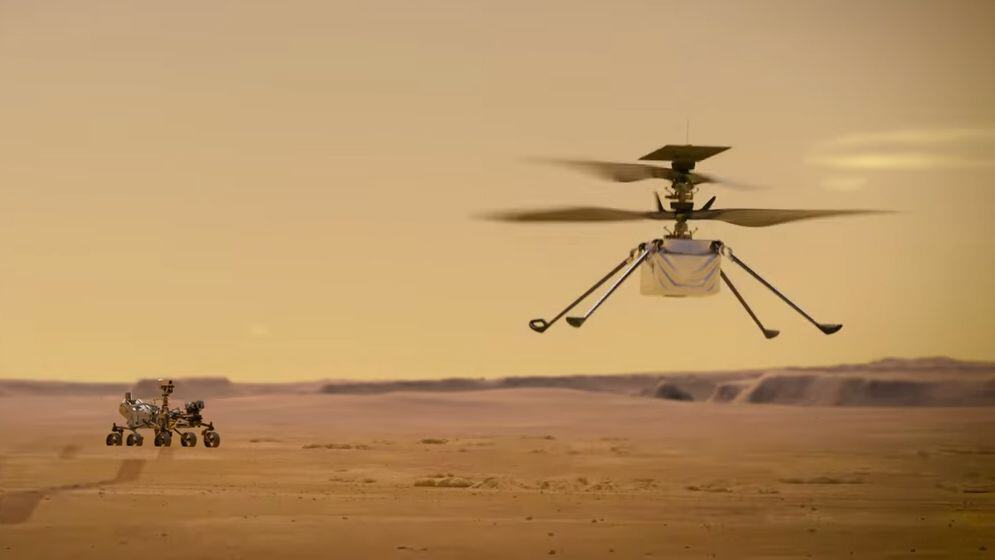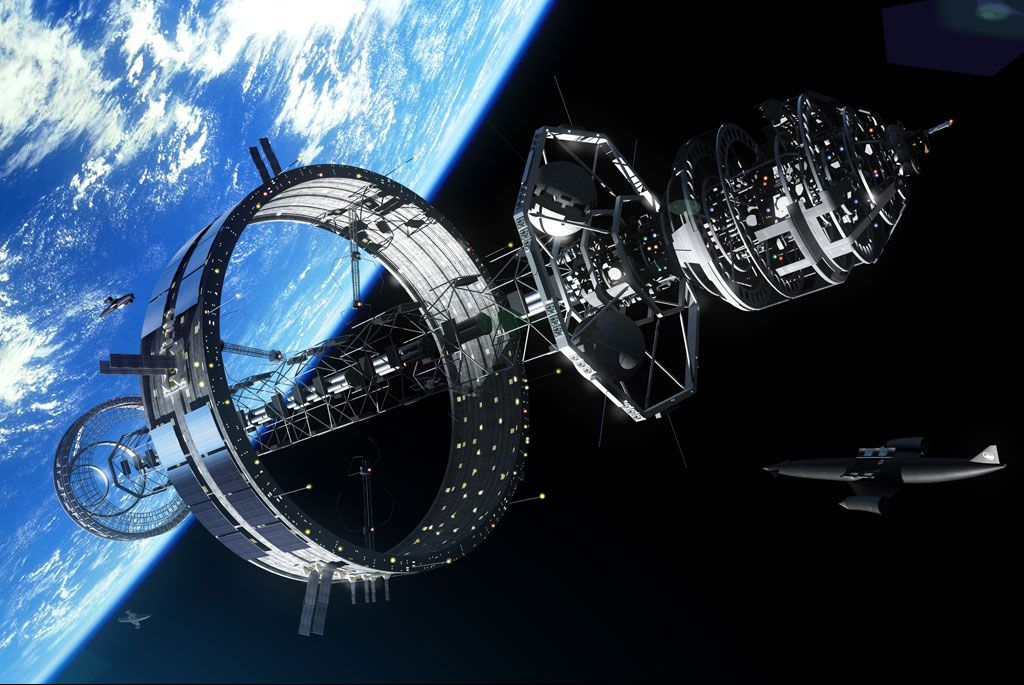Sending any object into space has remained an impossible task to accomplish for centuries until humanity invented rockets in the 20th century. As if inventing rockets was not enough, we succeeded in landing 12 astronauts on the moon, sending robotic spacecraft to our neighboring celestial bodies, and even commencing a voyager trip to interstellar space.
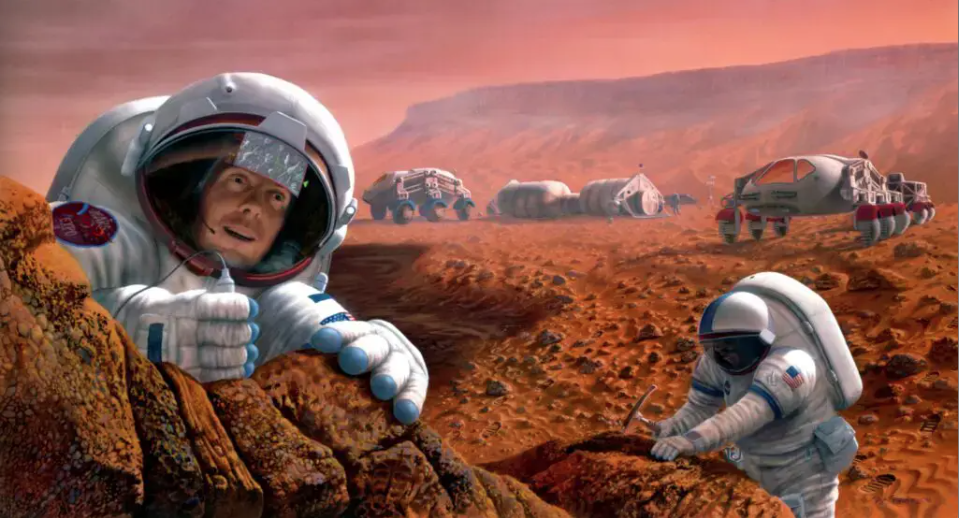
However, human exploration of deep space was established on a common goal of finding extraterrestrial lives and becoming a multi-planetary civilization. To date, we have discovered several exoplanets with Earth-like features. But the distance separating us from these alien space worlds limited us from attempting to visit or colonize them. To act according to our technological advancement, we have decided to look toward planets and moons that are closer to our home planet. Venus, Moon, and Mars are the closest celestial bodies to the earth.
However, the hellish nature of Venus made it impossible for manmade objects to survive on its surface, not to talk of humans visiting the terrestrial planet. So, Venus is excluded from the list of celestial bodies to colonize in the near future, leaving us with only the moon and Mars. The moon is not a planet and it is tidally locked to Earth. However, space agencies are hoping to establish a permanent base on the moon before looking beyond into deep space. We are confident of colonizing the moon anytime soon. But what about Mars? Here’s why humanity is looking to colonize and live on Mars in the next century.
Why Humans Want To Colonize And Live On Mars?

The red planet has the most suitable condition similar to our home planet. In fact, Earth and Mars have so many things in common including seasons, polar ice caps, 24 hours per day, and more. However, Mars has about 38 percent of the earth’s gravity, 44 percent of the earth’s sunlight, higher solar radiation, a thin atmosphere, and many others.
But why should we consider colonizing mars despite its inhospitable environment? Mars holds the answer to many unknown questions to humanity, including the possibility of life beyond earth. Future colonies will surely colonize and improve the Martian environment to meet their needs.
How We Are Approaching The Future Of Colonizing Mars?
If we must colonize and live on Mars in the 22nd century, we must be technologically advanced to lay the foundation in the 21st century. The good news is that NASA, CNSA, SpaceX, and other space agencies are already working on the goal of sending humans to Mars before the mid of the 21st century. If we succeed in sending the first Martian explorers to the red planet in this century, we will determine the possibilities of sustaining astronauts on Mars in the future.
Even if we successfully send humans to Mars in this century, we may never succeed in building cities on the red planet anytime soon. This is because every material that will be used for the construction of this city will be transported from Earth. Elon Musk, the founder of SpaceX is confident in his space rockets that he intends to build the first city on Mars before 2060.
He planned to send about 1,000 starships to Mars carrying materials required for the construction of the first Martian city. With the process SpaceX has made so far, Elon Musk may bring this vision to a reality in our lifetime. Even if we build the first city on Mars in this century, we may still lack the ability to sustain humans permanently in this habitat. But if we play our role well in the 21st century, we will make it easier for colonies to implement the idea of colonizing Mars in the 22nd century.
How Humans Will Colonize And Live On Mars In The 22nd Century?
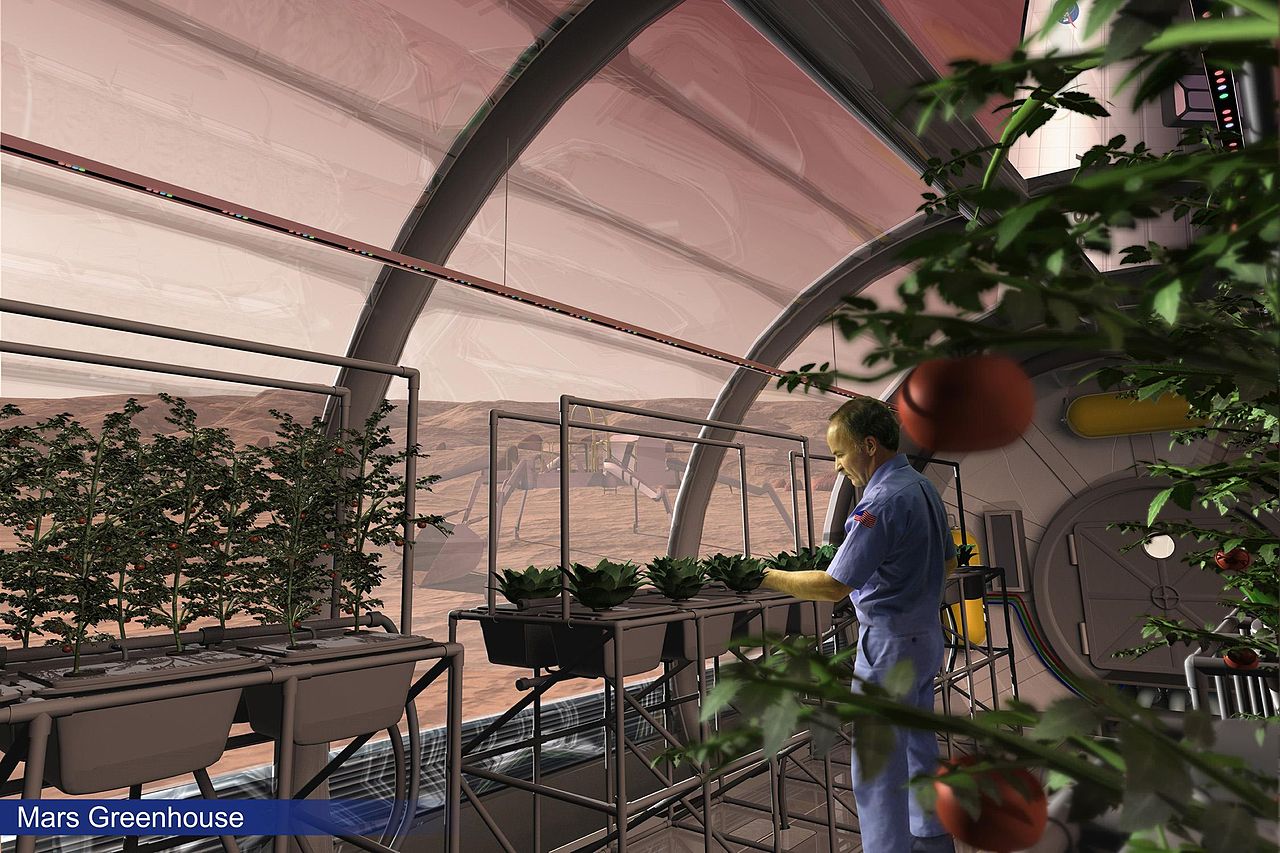
Humanity’s last invention may occur in the 21st century. Even before we embrace the 22nd century, we must have advanced technologically to entrust Artificial Super Intelligence with future inventions. With the rate AIs are improving in recent times, they will make surely create a smoother pathway to colonizing Mars in the 22nd century.
Firstly, Artificial Super Intelligence will construct an underground city on Mars and make it hospitable for human civilization. The first set of Martians to live in this city will be scientists and their families. Because of radiation, these martian colonies will remain in their safe zone, while robots explore the martian surface for further scientific discoveries. The first set of Martians will reproduce on the red planet to give birth to the real Martians.
This implies that the first Martian schools, hospitals, sporting facilities, and other basic needs will be provided for these young Martians. A new government may be formed on Mars to grow the Martian economy. As technological advancement continues to progress, space tourism and interplanetary trade between Earth and Mars will commence. This implies that humanity must have solved every challenge that is currently stopping us from visiting Mars.
Spaceships in the 22nd century will have artificial gravity to make the trip to Mars more relaxing for everyone. Earthlings that want to visit Mars will participate in complex training for their safety during the trip. Martians that want to visit earth will also train hard for the journey. But Martians will be meant to wear futuristic exoskeleton suits to ensure their safety while visiting earth.
Earthlings that visited Mars for tourism will explore interesting sites on the red planet including the Olympus mons, The North and South Poles, Recurring Slope Lineae in Hale Crater, and many others. When we must have established a strong foundation on Mars, we may begin to look towards colonizing the gas giants’ moons. Titan may be our next destination from here.
Conclusion
Colonizing Mars will never come as an easy task to accomplish. But with the progress made so far, we all can see the possibility of humans becoming multi-planetary species in the next century. Do you think that we will ever live on mars in the 22nd century?

